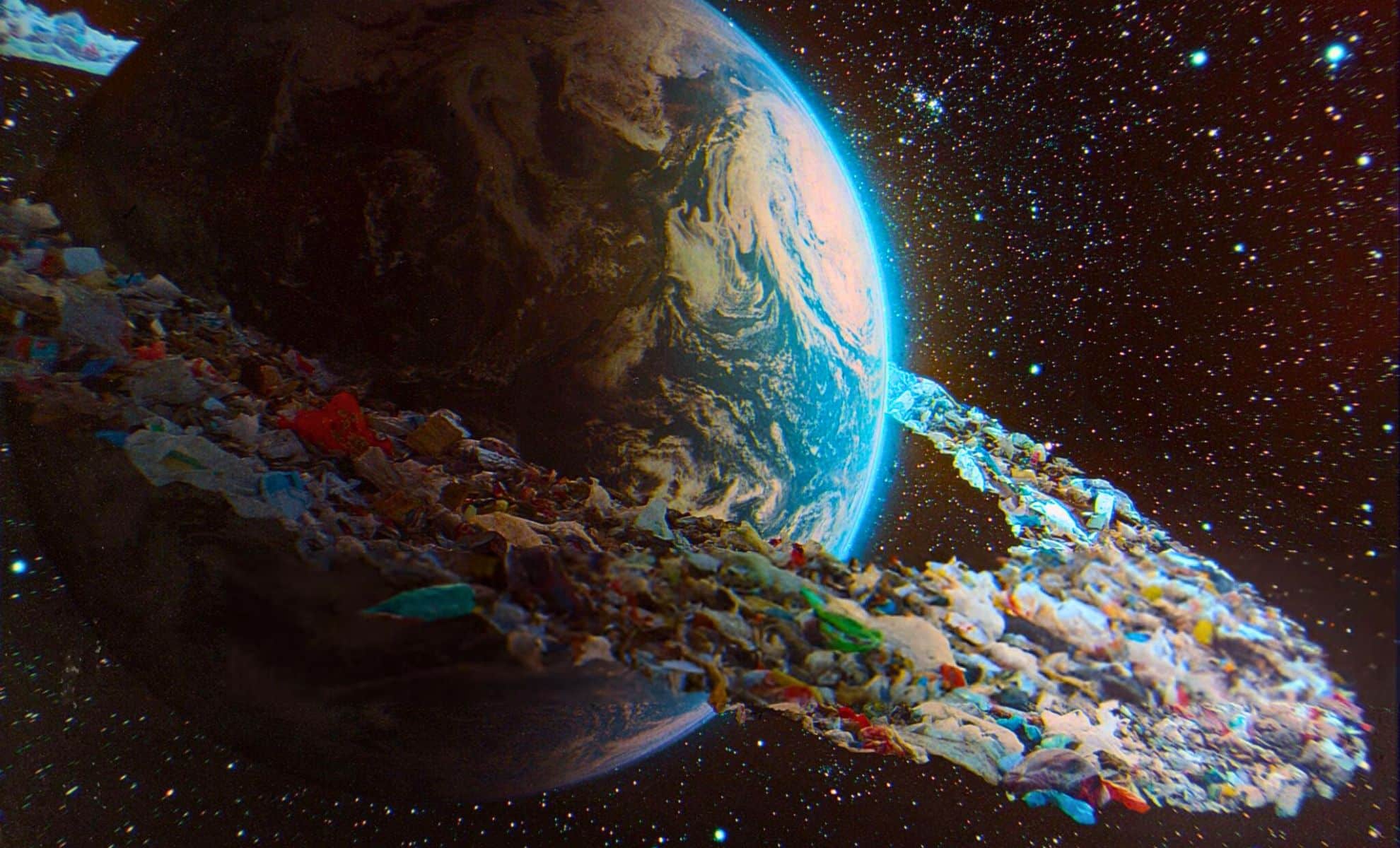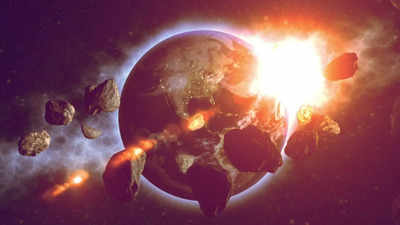The Hubble Space Telescope has discovered 12 interacting galaxies with long tails filled with young star clusters, resembling cosmic “strings of pearls.” When spiral galaxies interact, their spiral arms unwind due to the gravitational force exerted during close encounters or direct collisions. This process forms long “tails” that can stretch for many tens of thousands of light-years. The pulled-out gas and dust in the tidal tails ignite intense star formation, making them the most vibrant star-forming regions in a galaxy.
Michael Rodruck of Randolph-Macon College in Virginia, U.S. and his team studied Hubble images of 12 interacting galaxies across seven systems and identified 425 massive young star clusters in their tidal tails. Each cluster contains around a million young, blue stars emitting a significant amount of ultraviolet light. The team used archival ultraviolet observations from NASA’s Galaxy Evolution Explorer and the Swift mission to determine the galaxies’ star formation rates and calculate the age of the clusters based on their strong emission lines.
The presence of gas in the clusters, as evidenced by the emission lines resulting from hydrogen gas being ionized by ultraviolet radiation, suggests that the clusters are all younger than 10 million years. The team was surprised to find numerous young objects in the tails, shedding light on cluster formation efficiency and the creation of new generations of stars. These massive clusters in the tidal tails resemble ancient globular clusters found in the Milky Way’s halo, raising questions about their formation and eventual dispersion.
The findings, published in Monthly Notices of the Royal Astronomical Society last year, offer valuable insights into the intriguing phenomena observed in these interacting galaxies.













